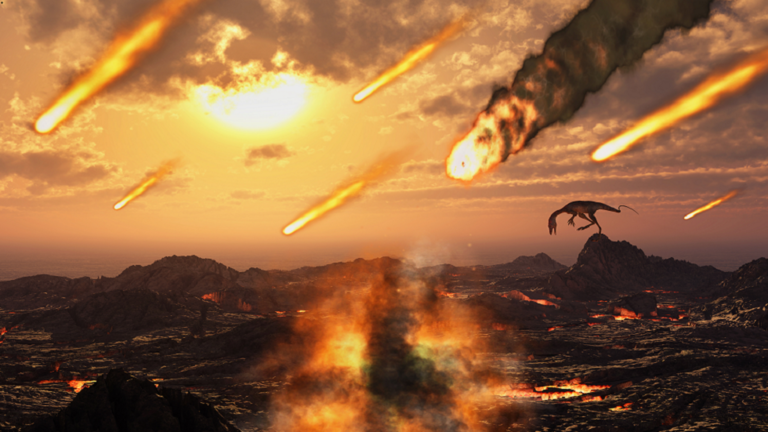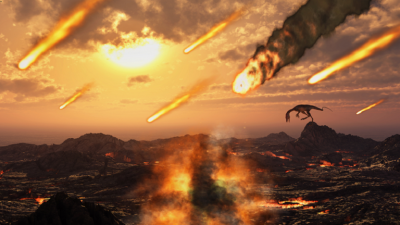The link between ancient volcanic eruptions and the deadliest extinction event the world has ever known has just become stronger. A new analysis of mercury isotopes has provided evidence that distant areas in the Southern Hemisphere of Earth were covered in debris from volcanic eruptions in Siberia around a quarter of a billion years ago. This was followed by what is known as the Great Death, also referred to as the "mass extinction" at the end of the Permian and the beginning of the Triassic, where most forms of life were wiped out under ash-filled skies.
While it is clear how things ended—with the loss of over 90% of marine species and more than 70% of terrestrial vertebrates—our understanding of how the largest death event on Earth occurred remains somewhat clouded, despite geologists' efforts. By compiling the chemical traces trapped in rocks and ocean sediments, geologists are somewhat confident that a series of volcanic eruptions unleashed a series of enormous changes in Earth’s atmosphere and oceans that eventually suffocated animals.
However, an extinction event on the scale of the Great Death also requires geologists to pinpoint the cause and timing, revisiting the time frame around 252 million years ago. In previous research, zinc and nickel have been used to link changes in ocean chemistry to massive volcanic eruptions and the loss of marine life. However, these elements cycle on Earth's surface, unlike mercury isotopes, which provide a more stable and consistent signal of volcanic activity.
Many studies focusing on this mass extinction event have concentrated on sites in the Northern Hemisphere, making it difficult to understand the effects of volcanic activity on the lower parts of the Earth’s surface. This is important because increasing evidence suggests that the Great Death was not a single deadly event, but rather multiple extinction incidents occurring in waves over a span of a hundred thousand years.
Therefore, paleoclimatologist John Shen from the Chinese University of Geosciences and his colleagues set out to discover mercury isotopes in rock sediments from two sites in the Southern Hemisphere: the Karoo Basin in south-central Africa and the Sydney Basin on the east coast of Australia. During the time of the Great Death, these basins were united in a supercontinent called Pangaea, but they are now separated by about 10,000 kilometers (6,200 miles) and the Indian Ocean.
The researchers found nearly identical patterns: mercury isotopes peaked around the end of the Permian period. This evidence—from sites furthest from the Siberian traps, the giant lava flows formed by the volcanism of that era—indicates that mercury erupted from volcanoes in the Northern Hemisphere and swept across the globe.
Study author and geologist at the University of Connecticut, Tracy Frank, explains: "It turns out that volcanic mercury emissions have a very specific isotopic composition of mercury that accumulated in the extinction horizon. By knowing the age of these sediments, we can definitively link the timing of the extinction to this massive eruption in Siberia."
Her work aligns with signals from sulfur isotopes that coincided with the Great Death and also builds on previous research suggesting that mass extinctions began occurring on Earth up to 600,000 years before marine life gasped for its last breaths. The research was published in the journal Nature Communications.




